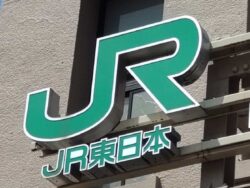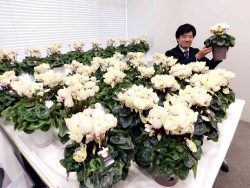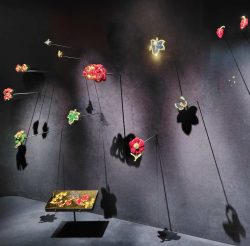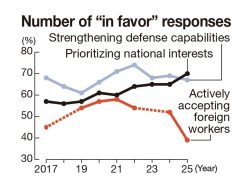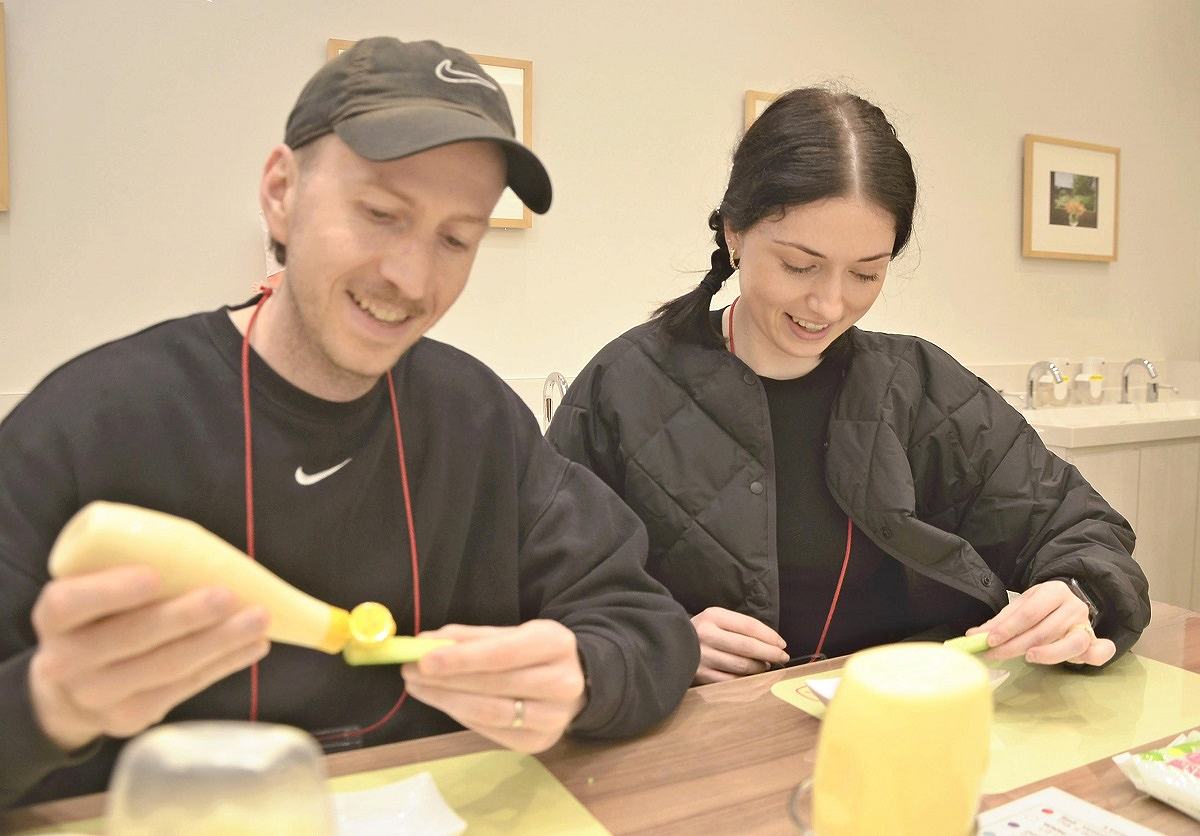
Foreign visitors taste mayonnaise at Mayoterrace in Chofu, Tokyo, on Oct. 9.
11:36 JST, October 25, 2024
Japanese mayonnaise, sauces, curry and other liquid seasonings are taking off abroad, with exports doubling in the past 10 years.
Many foreign tourists now drop by food manufacturers’ visitor centers, and some of these centers have become tourist hot spots. On Oct. 9, 15 overseas visitors enjoyed a mayonnaise tasting at Mayoterrace, a visitor center operated by major food company Kewpie Corp. in Chofu, Tokyo.
Australian Charlotte Townsend, 26, said that visiting the center was one of the reasons for her trip, and added that she found Japanese mayonnaise rich and smooth.
E.J. Bollman, 29, from the United States, said she uses Japanese mayonnaise for everything, and that she no longer eats mayonnaise made in the United States.
Mayoterrace, which opened in 2014, had almost no foreign visitors before the COVID-19 pandemic, but their number has increased rapidly this year. In September, 461 of the visitors received by the center, 20% of that month’s total, were foreigners, according to Kewpie.
Japanese mayonnaise first became popular overseas several years ago, the company said. Dishes using Japanese mayonnaise became a hot topic on social media in the United States, and “Kewpie mayo” went viral.
“Unlike mayonnaise that is made in foreign countries with whole eggs, ours uses only egg yolks, so it has a rich egg flavor. It seems they like the richness and umami of our mayonnaise,” Kewpie public relations official Satoko Murozuka said.
A new factory is scheduled to be completed in the United States next year.
As for sauces, Hiroshima-based sauce manufacturer Otafuku Sauce Co. is running Okosta, a facility where visitors can get first-hand experience making okonomiyaki savory pancakes. The facility in Hiroshima Station has a constant stream of foreign visitors.
Last year, there were 4,701 such visitors, accounting for 30% of all visitors, an increase of 80% compared to before the pandemic.
“They like the mild sweetness and richness of the sauce,” a company spokesperson said.
More and more okonomiyaki restaurants, as well as takoyaki grilled octopus ball restaurants, are opening in Europe. Otafuku Sauce said it opened its Paris branch in June, its first base in Europe. It aims to further expand its sales channels, the company said.
Exports of liquid seasonings have been rising every year. Exports in 2023 totaled ¥54.35 billion, an increase of 150% from 2013, when the total was ¥21.38 billion.
The Agriculture, Forestry and Fisheries Ministry has positioned liquid seasonings as a priority export.
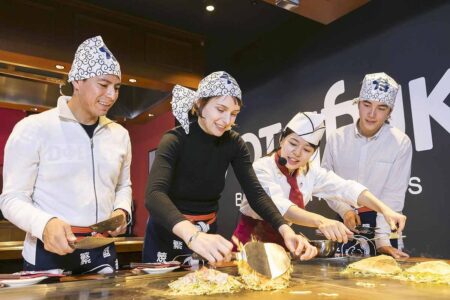
Foreign visitors try cooking okonomiyaki savory pancakes.
A ministry official said exports of liquid seasonings have increased partly because the number of Japanese restaurants overseas has more than tripled in the past decade.
The official also said a variety of Japanese food has been introduced abroad through social media, and that people are interested in the seasonings that are key to the flavor of Japanese food.
By far the most popular export is curry. This is mostly purchased in the form of curry roux, which accounts for 20% of liquid seasoning exports.
In the United Kingdom, there is a boom in katsu curry, which is made with pork cutlet and originated in Japan. As many Muslims cannot eat pork, chicken is often substituted for pork.
The All Japan Curry Manufacturers Association said that people like the mildness of the curry sauce and the heft of the cutlet.
This summer, the association held an event in which people collected stamps at about 60 restaurants serving Japanese-style curry in London.
Around 1,300 people took part in the event over three weeks, with one person saying the curry was thick and delicious.
“We want to promote Japanese curry to the world as ‘the third kind of curry,’ after Indian and Thai,” said the association’s Kosuke Nakajima.
"Business" POPULAR ARTICLE
-
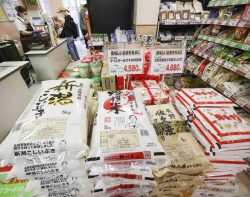
Govt Plans to Urge Municipalities to Help Residents Cope with Rising Prices
-

Japan Prime Minister Takaichi Vows to Have Country Exit Deflation, Closely Monitor Economic Indicators
-

Essential Services Shortage to Hit Japan’s GDP By Up to ¥76 Tril. By 2040
-

Japan GDP Down Annualized 1.8% in July-Sept.
-
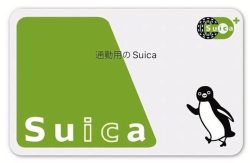
JR East Suica’s Penguin to Retire at End of FY2026; Baton to be Passed to New Character
JN ACCESS RANKING
-

Govt Plans to Urge Municipalities to Help Residents Cope with Rising Prices
-

Japan Prime Minister Takaichi Vows to Have Country Exit Deflation, Closely Monitor Economic Indicators
-

Essential Services Shortage to Hit Japan’s GDP By Up to ¥76 Tril. By 2040
-

Japan to Charge Foreigners More for Residence Permits, Looking to Align with Western Countries
-

Japan GDP Down Annualized 1.8% in July-Sept.






